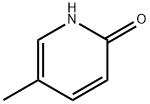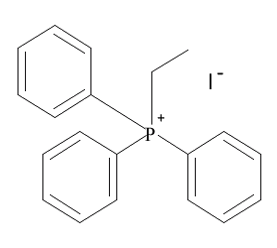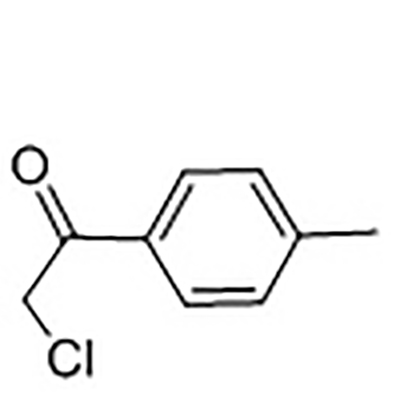3 5-Bis(trifluoromethyl)benzonitrile(CAS# 27126-93-8)
| Risk Codes | R20/21/22 – Harmful by inhalation, in contact with skin and if swallowed. R36/37/38 – Irritating to eyes, respiratory system and skin. |
| Safety Description | S23 – Do not breathe vapour. S26 – In case of contact with eyes, rinse immediately with plenty of water and seek medical advice. S28 – After contact with skin, wash immediately with plenty of soap-suds. S37/39 – Wear suitable gloves and eye/face protection S36/37/39 – Wear suitable protective clothing, gloves and eye/face protection. S36/37 – Wear suitable protective clothing and gloves. S36 – Wear suitable protective clothing. |
| UN IDs | 3276 |
| WGK Germany | 3 |
| HS Code | 29269090 |
| Hazard Note | Toxic |
| Hazard Class | 6.1 |
| Packing Group | III |
Introduction
3,5-Bis-trifluoromethylbenzonitrile is an organic compound. It has the following properties:
Appearance: 3,5-bis-trifluoromethylbenzonitrile is commonly found as a white crystalline solid.
Solubility: It has some solubility in polar solvents such as ethanol and dimethylformamide.
Stability: 3,5-Bis-trifluoromethylbenzonitrile has good chemical stability and can withstand high temperature and oxidation conditions.
The main uses of 3,5-bistrifluoromethylbenzonitrile include:
Pesticide synthesis: It can be used to synthesize new pesticides, fungicides and other pesticides.
Chemical research: As an organic compound, it can be used in scientific research and laboratory synthesis.
The method of preparing 3,5-bistrifluoromethylbenzonitrile is generally through chemical synthesis.
Safety information: There are few data on the toxicity and safety of 3,5-bistrifluoromethylbenzonitrile. When using or handling this compound, appropriate safety measures should be taken, such as wearing protective gloves, eye and respiratory gear, ensuring that it works in a well-ventilated environment, and avoiding swallowing, inhalation, or contact with the skin. The compound should be properly stored and disposed of on a case-by-case basis, avoiding contact with incompatible substances such as combustibles. These safety measures will help reduce potential hazards and risks.







